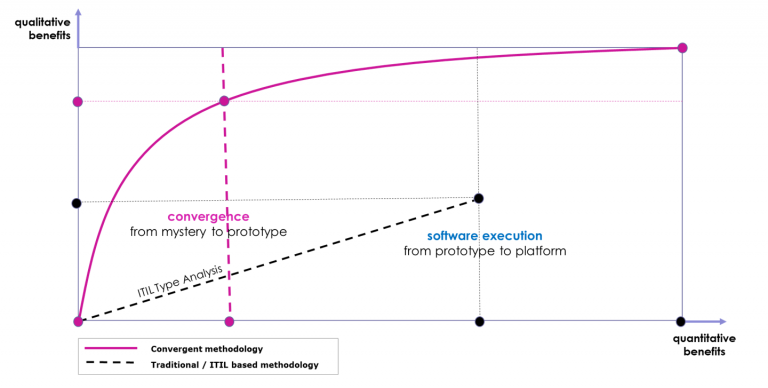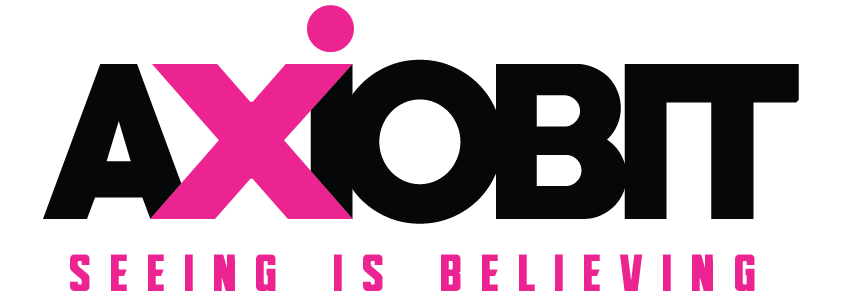AXIOBIT’S WORK FUNDAMENTALS

Let’s see to what Harvard Business Review states (see Behnam Tabrizi, Ed Lam, Kirk Girard and Vernon Irvin. Digital transformation Is Not About Technology. March 2019):
Everybody knows the truth; all avoid speaking out about it
And many other explanations…
As a matter of fact, all these managers and specialists are right; however, reasoning definitions are not accurate. It is clear that something goes wrong here
1. Traditional / ITIL-based that produces text outcomes based on never-ending interviews sessions, about “as-is” and a confusing story about “to-be”.
2. Agile method that aims to combine the business analysis and IT skills. The mess is increasing and usually the budgets of these projects are exceeded by more than 100%
3. Design Thinking. Design of business is an outstanding idea and a generous approach. However, the implementation of the theory (design thinking methodology) has a few problems. Firstly, it may last forever, and secondly, the attempts (design sprints) to shorten the processes are focused more on fail fast and often rather than on building a sustainable projects outcome design.
It is obvious that today, ITIL and other text-based methods do not work anymore because of the transformation of people’s attention; agile is not touching the promised results, design thinking still looking for a sustainable approach. For sure, all of them have problems in providing both reliable quality and quantity benefits. The scoping framework is never touched, and the quality aspects are never provided.
After more than 30 years in the field of designing, managing and implementation IT projects, we can argue that failure reasons are rooted in the educational model changes and in the internet impact on people minds and knowledge behaviors. Despite some knowledge being captured and processed based on other processes, the business analysts are using the same obsolete methods for capturing information, processing data and displaying the results.
Therefore, using visual instruments for project communication is becoming critical. It is a required shift in approaching the business analysis from text-based traditional model, to an exclusive visual model. In this new knowledge building paradigm, only a visual model of business analysis allows a common, unequivocal understanding and a communication platform between business and IT people, thus ensuring the success of projects.
We consider that the visual business analysis framework (the methodology of convergence) creates the context for a more quality-intensive approach. Below is a tested and validated graph showing expected evolution of quality and quantity gains, for a project based on Axiobit’s method, compared to traditional methods:

The methodology of convergence (quick and thorough navigation through the “knowledge funnel” and trans-disciplinary approach) presents two distinctive advantages compared to the more traditional methods:
1. Higher qualitative benefits: the quality benefits are defined, designed and captured during the business analysis part, which allows the technology to deliver all the potential quantitative benefits. Among other things, these benefits refer to design of disruptive models through innovation and a significant knowledge transfer to the future users.
2. Higher quantitative benefits: the qualitative leap (obtained in the first stages) sets the foundation and is essential in successfully finalizing the project and achieving outstanding quantitative results.
